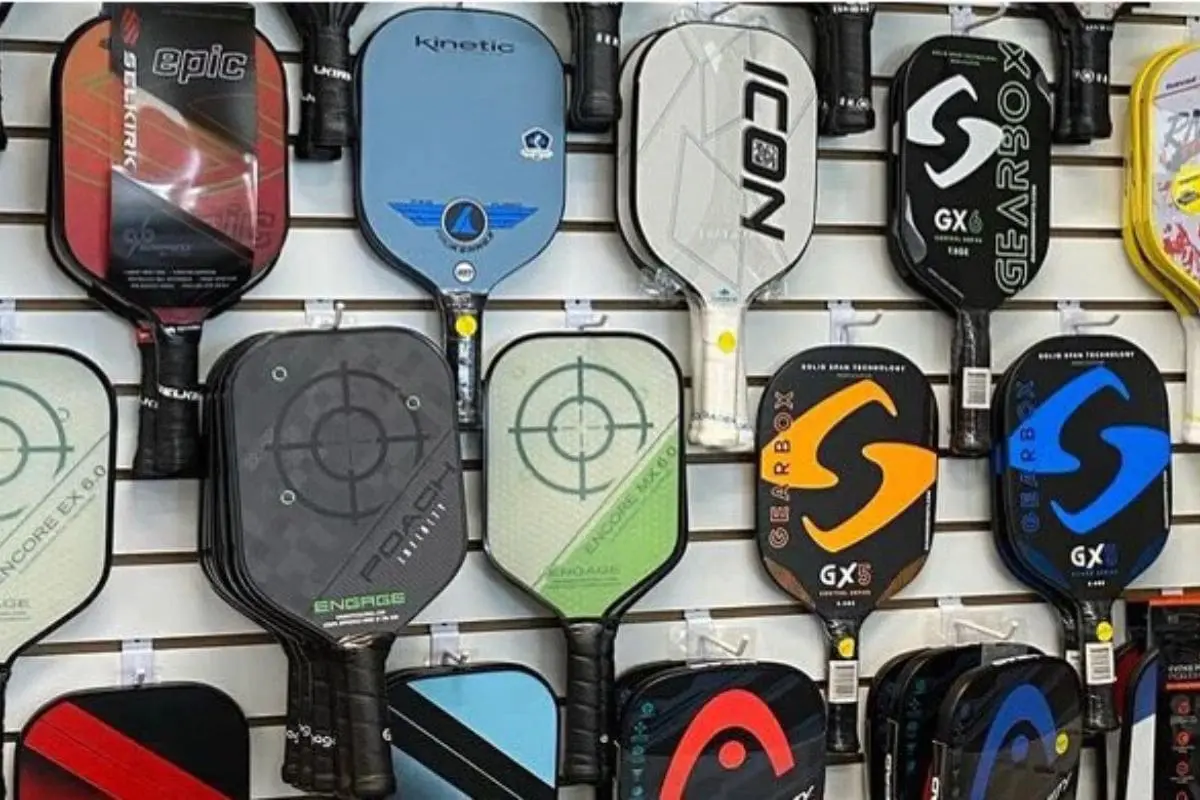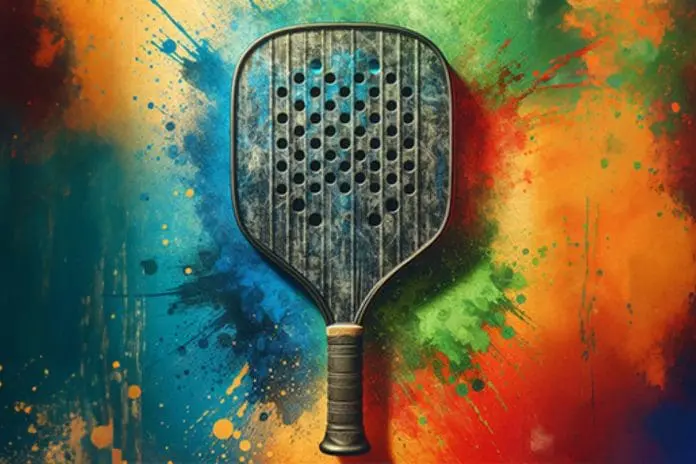How to Choose The Best Pickleball Paddle: Selecting the right pickleball paddle can significantly impact your performance on the court. With a range of materials, shapes, and construction methods available, understanding these elements can help you make an informed choice. Here’s an analysis of what to consider while choosing your ideal paddle.
Materials Matter
High-end paddles are typically crafted from advanced materials like fiberglass, carbon fiber, or graphite. These materials offer superior performance, durability, and control, making them highly desirable for dedicated players. Fiberglass paddles are known for their excellent touch and control, carbon fiber paddles provide a good balance of power and control, and graphite paddles are lightweight and offer great precision.
On the other hand, lower-end paddles are usually made from aluminum or wood. While more affordable, these materials do not provide the same level of performance and durability as their high-end counterparts. Wooden paddles, for example, are heavier and less responsive, which can impact your ability to maneuver quickly and hit the ball with accuracy.
The Importance of Shape
The shape of a paddle plays a crucial role in how it handles on the court and should be chosen based on your playing style. Traditional paddles with wider faces are ideal for beginners and players who prioritize control and forgiveness on off-center hits. These paddles provide a larger sweet spot, making it easier to make successful contact with the ball.
Conversely, paddles with narrower, elongated shapes are designed for players who seek additional reach and leverage for extra power and spin. These paddles allow for more precise shots and can be advantageous for players who like to play aggressively from the baseline or at the net.
Construction Techniques
The construction method of a paddle can also affect its performance and cost. High-quality paddles often involve specialized technology, precise equipment, and advanced materials. For instance, a carbon fiber paddle requires complex layup techniques and expensive molds to achieve its lightweight and durable structure. This precision results in a paddle that offers excellent performance but at a higher price point.
In contrast, wooden paddles involve a simpler construction process and are less costly to produce. However, they do not perform as effectively as paddles made from advanced materials. Wooden paddles tend to be heavier and less responsive, making them less suitable for competitive play.

News in Brief: How to Choose The Best Pickleball Paddle
Choosing the right pickleball paddle involves considering the materials, shape, and construction techniques that suit your playing style and level. High-end paddles made from fiberglass, carbon fiber, or graphite offer superior performance and durability, while lower-end paddles made from aluminum or wood are more affordable but less effective on the court. The shape of the paddle should align with your playing style, with wider faces providing control and forgiveness, and narrower shapes offering reach and power. Lastly, the construction method impacts both performance and cost, with advanced techniques and materials delivering the best results.
ALSO READ: Garrett Coliseum Introduces 10 Indoor Pickleball courts
Our Readers Queries:
Ques: How do I know what pickleball paddle to buy?
Ans. When selecting a pickleball paddle, consider weight, material, shape, and handle/grip size. These factors apply universally across brands, with weight being the most crucial as it significantly impacts performance. Finding the right balance is essential for an agile and effective game.
Ques: How to choose a beginner pickleball paddle?
Ans. Pickleball paddles are classified into three weight categories: midweight (7.3-8.5 ounces) for beginners, lightweight (7.3 ounces and below) for better control, and heavy (8.5 ounces and up) for increased power. Each weight class offers unique advantages suited to different playing styles.
